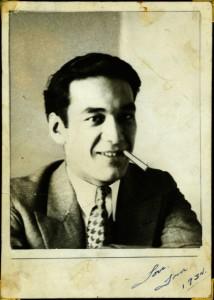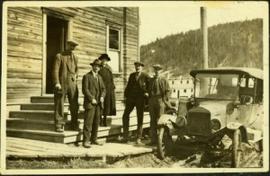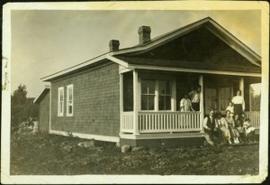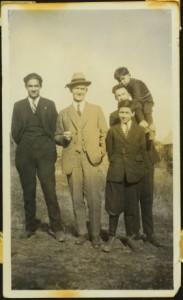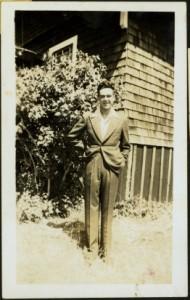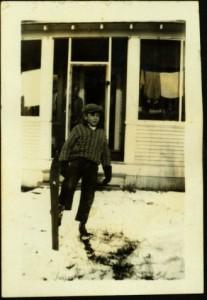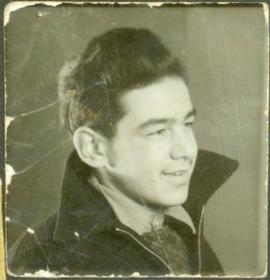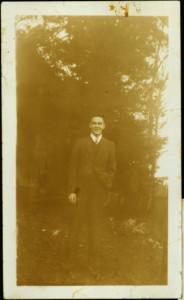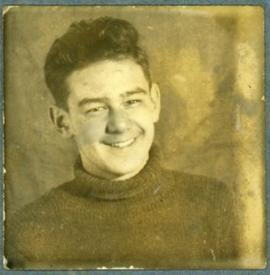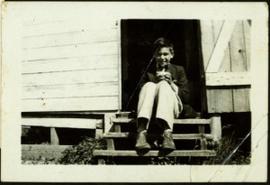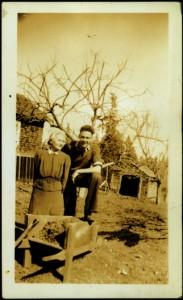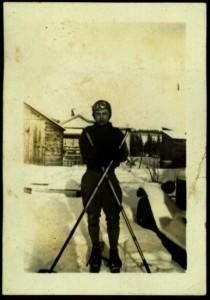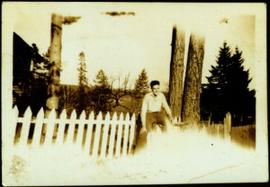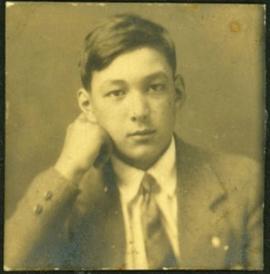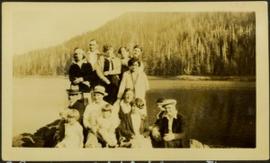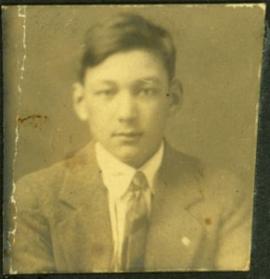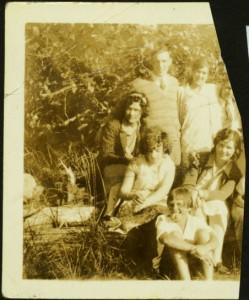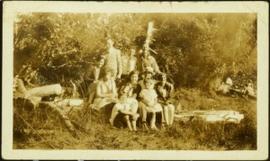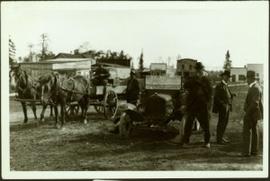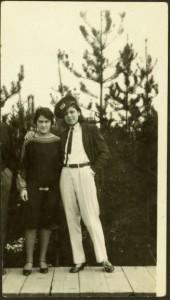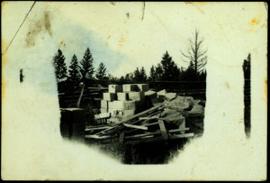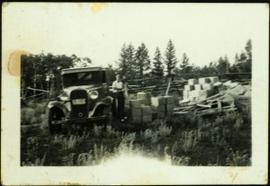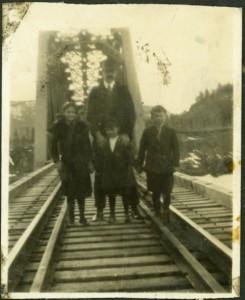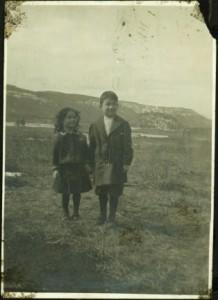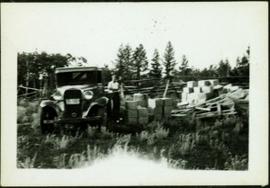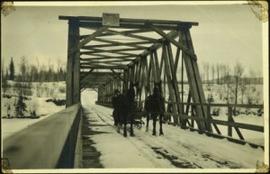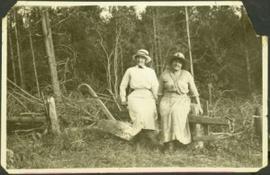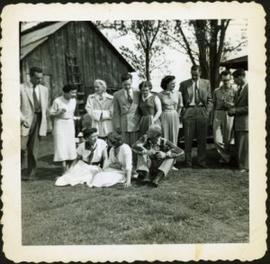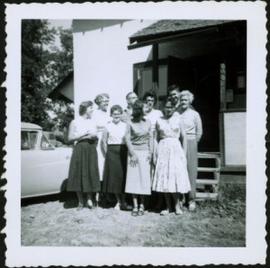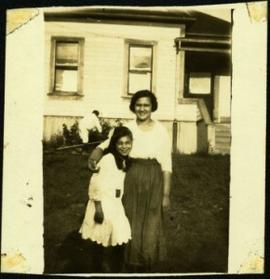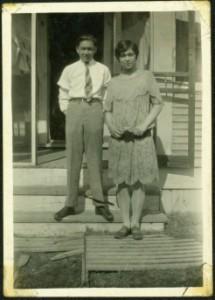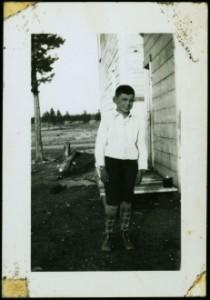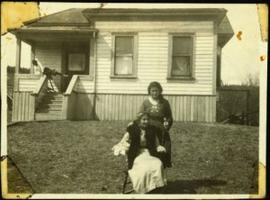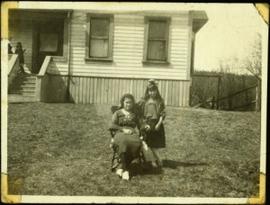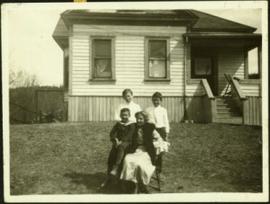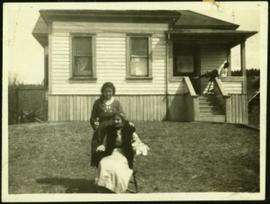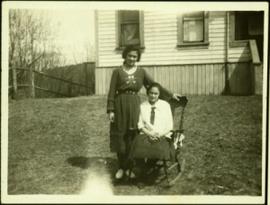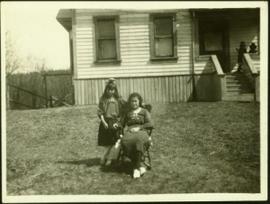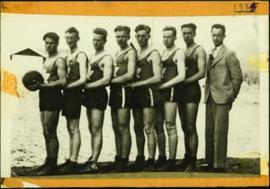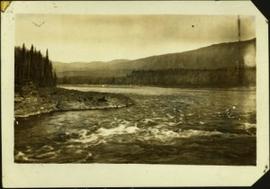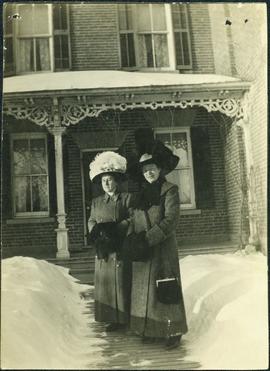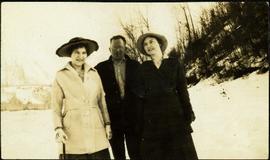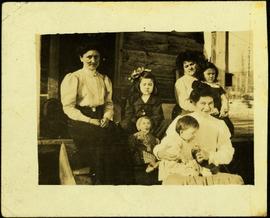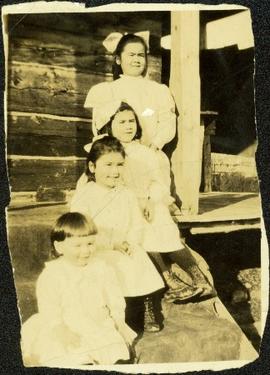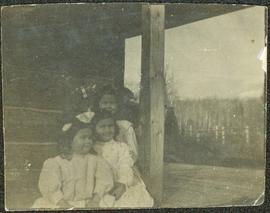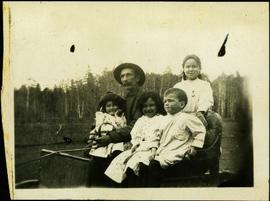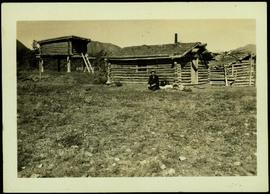Title and statement of responsibility area
Title proper
General material designation
- Graphic material
- Textual record
Parallel title
Other title information
Title statements of responsibility
Title notes
Level of description
Reference code
Edition area
Edition statement
Edition statement of responsibility
Class of material specific details area
Statement of scale (cartographic)
Statement of projection (cartographic)
Statement of coordinates (cartographic)
Statement of scale (architectural)
Issuing jurisdiction and denomination (philatelic)
Dates of creation area
Date(s)
-
ca.1900-1960 (Creation)
- Creator
- Taylor, Hugh
Physical description area
Physical description
93 photographs : b&w . - 0.1 cm textual records
Publisher's series area
Title proper of publisher's series
Parallel titles of publisher's series
Other title information of publisher's series
Statement of responsibility relating to publisher's series
Numbering within publisher's series
Note on publisher's series
Archival description area
Name of creator
Biographical history
Hugh Taylor was born in Quebec on 28 November 1874 to Thomas Dixon Taylor and his wife Lucy E. Bourchier. Thomas Taylor, of Ottawa, was a civil engineer, who predeceased his son; Hugh’s brother, Lieutenant Colonel Plunkett (wife Florence) Taylor of Ottawa, was a manager of the Bank of Ottawa. His nephew Edward Plunkett (E.P.) Taylor was a renowned Ottawa businessman, thoroughbred horse breeder and racer. Hugh Taylor received his formal education in Kingston, Ont. In 1896, he moved west to British Columbia first settling in the Kootenay region where he was engaged in the construction of the Crow’s Nest Railway and then later went on to Vancouver. In 1901, Mr. Taylor worked as a packer with a Mr. Singlehurst, who was operating a mining property near Kitselas (a little village used as a port of call for riverboats which used to exist just before the Skeena Canyon). Hugh Taylor had the distinction of loading and safely delivering to the mine, an immense steel drum of great weight – a task which was considered impossible at the time. In 1902, he became Secretary to T.J. Phelan, who was District Superintendent of the Dominion Yukon Telegraph Line which had its headquarters in Ashcroft, BC. The following spring, he married Miss Hermina “Minnie” Wessel of Saturna Island, BC and came north with his bride, taking their honeymoon trip on horseback all the way from Ashcroft to Hazelton in order to continue his work on the Telegraph Line. Together, Hugh and Minnie had eight children: Ellen, Violet, Lucy, Dixon, Arthur, Tom, Virginia and Hugh Jr. After arriving in Hazelton, he became associated with Chas. Barrett & Co. and was in charge of their mule train. In the fall of 1903, he went to First Cabin (at the end of the wagon road) to work as a lineman with the Dominion Yukon Telegraph Line, where he remained for several years. Mr. Taylor also staked one of the first farms in the Kispiox Valley and spent a number of years there with his family. He later became an telegraph operator at Kispiox as well as its postmaster, and owner/operator of a local store and ranch. During the boom days, he ran a stagecoach between Hazelton and the Kispiox Valley and to points north up to First Cabin. In 1914 the Taylors moved to Hazelton, where Hugh Taylor took a deep interest in sports and was known for successfully defending goal for the Hazelton men’s hockey team. Later, the Taylor family moved on to Fort Fraser where Mr. Taylor again worked as a telegraph operator. In 1917, upon his appointment to the position of Assistant District Engineer of the Provincial Public Works Department, the Taylors moved to the department’s headquarters in Prince George. Four years later during the course of his duties on an out of town trip to Vanderhoof Mr. Taylor became ill; he was escorted back to Prince George, where he passed away a few days later on 5 November 1921.
Name of creator
Biographical history
Hermina Agnes Wessel was born to John Wessel and Agnes Henry (Hamana) in Gastown on June 20, 1878. Mr. Wessel who hailed from Amsterdam, Holland, came to Canada as a mariner travelling by way of Cape Horn. He worked at the Hastings Sawmill in Gastown which was then managed by a man named Richard Henry Alexander. He married Agnes, daughter of Henry and Catherine Hamana, recent Hawaiian immigrants to Canada, and together they had three children: Hermina, John Jr. and Sarah, of which Minnie was the eldest.
In 1879, Minnie moved with her parents to South Pender Island where her father was installed as a shepherd with James Alexander, brother to the manager of the Hastings Sawmill. Her mother left their family after the birth of Sarah, the youngest Wessel child. Her father soon thereafter divorced his wife and entered both Hermina and Sarah into St. Anne’s Convent in Victoria, while her brother John stayed with their father on South Pender Island. John Wessel Jr. died at the age of 10.
In 1889 John Wessel moved to Saturna Island to work for Mr. Warburton Pike as manager of the Pike Ranch. Upon graduating from the Convent, Hermina moved back with her father where she lived until her marriage to Hugh Taylor in Victoria on November 20, 1902.
At the time of their marriage Hugh Taylor had a freighting contract to carry supplies for the construction of the Dominion Yukon Telegraph Line. So for their honeymoon, the two rode horseback in the pack train from Ashcroft to Hazelton. Arriving in the late summer, Minnie Taylor remained in Hazelton while her husband went on to Telegraph Creek. The next year they built their log ranch house at Kispiox, Mr. Taylor became the local telegraph operator and together they taught themselves the Morse code. At the birth of their second child, this knowledge of Morse code allowed them to communicate with Dr. Wrinch at the nearest hospital through their local telegraph operator in Hazelton!
In the spring of 1919 Hugh Taylor was appointed to the staff of the Public Works Department of the Provincial Government and so the family moved to South Fort George. Upon their arrival they stayed in the Alexandra Hotel until their household effects arrived by train. In 1921 Mr. Taylor died of pneumonia.
Minnie Taylor and her family lived in Prince George until 1935 when she moved to live with her daughter Lucy and family in Grand Forks. During the war years she lived with her son Dixon and family in Chisolm Mills, afterwhich she returned to the Lower Mainland where she again lived with Lucy and family until her death on February 3, 1972. She was survived by four daughters (Mrs. Ellen Garland, Mrs. Violet Baxter, Mrs. Lucy Burbidge and Mrs. Virginia Woods) and two sons (Arthur and Dr. Hugh Taylor Jr.). She was predeceased by her two sons Dixon (1962) and Thomas (1944).
Name of creator
Scope and content
This photograph album consists of images pertaining to early settlements, bridges, riverboats, railways, cross-land travel companies, and family and social life including portraits and such events as cross country skiing, picnics, family gatherings, basketball team photos, masquerade dances, dramatic plays, hockey games and team dinners. Identified individuals include: the Tillicums, Bill Bennett, Jean Caux, Frank Johnstron, the Taylor Family (Hermina, Hugh, Ellen, Violet, Lucy, Dixon, Arthur, Virginia, Tom and Hugh Jr.), H.G.T. Perry, Betty Angus, Mrs. Kirkpatrick and Mrs. Davis. Identified geographic locations include: South Fort George, Prince George, Hagwilget Bridge, Walcott, Prince Rupert, Finlay River Rapids, Lulu Island, Ashcroft, Skeena River, Nechako River, Bulkley River, Kispiox and Hazelton.
This file also contains a one way Canadian National Railways ticket in the name of Miss V.B. (Violet Bourchier) Taylor to travel from Prince Rupert to Vancouver in July 1927.
Notes area
Arrangement
Language of material
- English
Script of material
Location of originals
Northern BC Archives & Special Collections.
Availability of other formats
.Tiff & .Jpg
Restrictions on access
Terms governing use, reproduction, and publication
Personal or academic use of photographic materials is welcomed under the standard fair use and educational use clauses of Canadian Copyright Law. Commercial use is, however, forbidden without the express permission of the copyright holder. For information on obtaining written permission from the copyright holder, please contact the Northern B.C. Archives and Special Collections.
Finding aids
Item level descriptions are available.
Associated materials
File is part of the Taylor-Baxter Family Photograph Collection.
Accruals
Alternative identifier(s)
Standard number
Standard number
Access points
Subject access points
Name access points
- Baxter, Violet (Subject)

